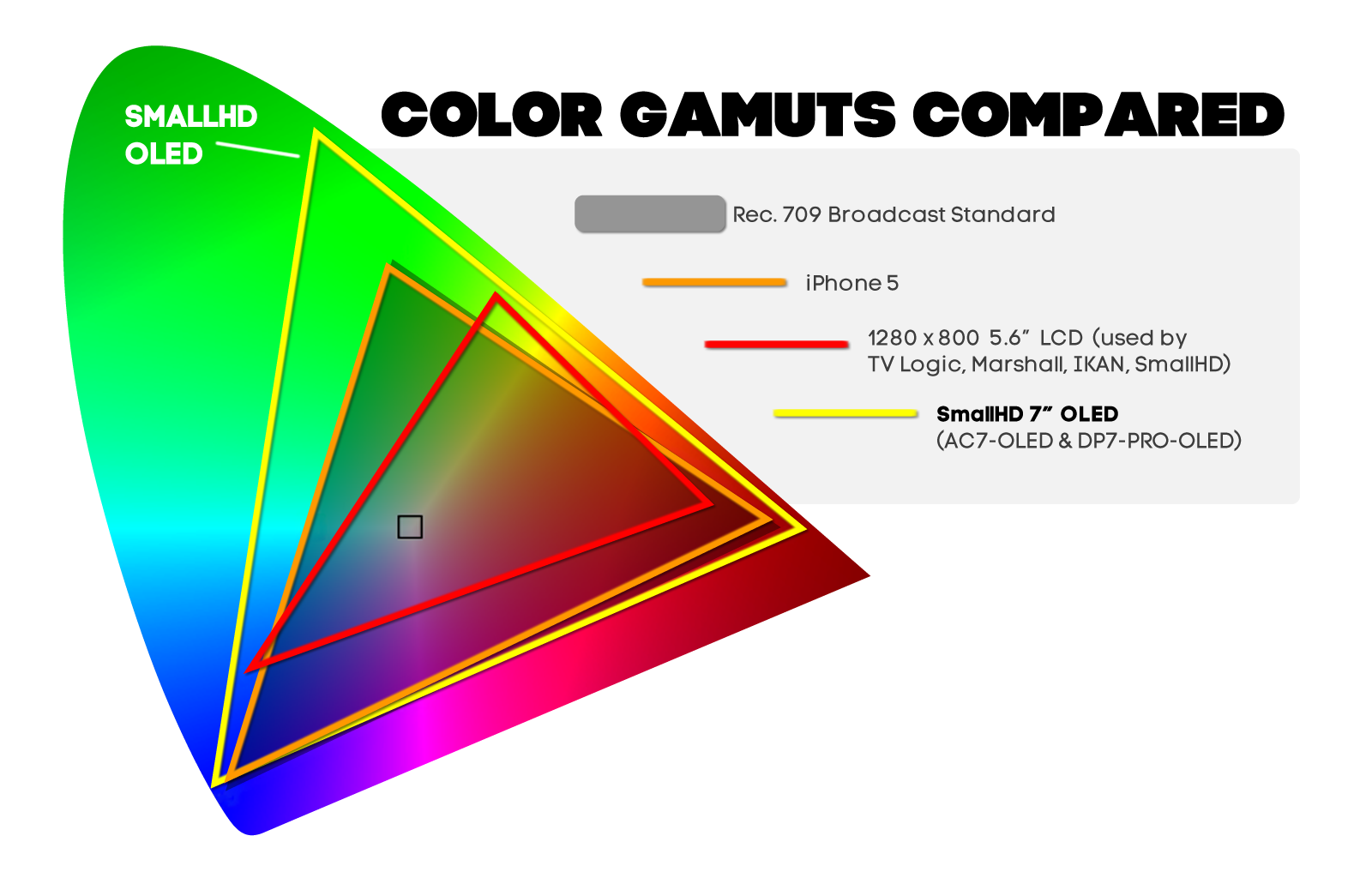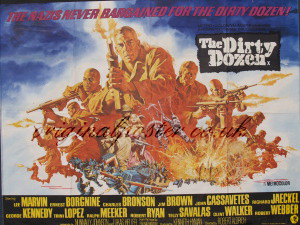I basically have an RCA like this only a decade old at this point. Do you think it gets better reception than the Flattenna? I think I remember one time, someone telling me that you can actually get a really nice antenna (like those $200+ gizmos) and hook them up to the cable boxes in the attic so every TV can benefit from it and you'd never need a rotator. For a little under three months of a cable bill, that seems like a hell of a deal. If and when we get our own place, that might be our setup.
At a decade old, it probably isn't tuned to the right frequencies. That's the thing about RF design: the dipoles are tuned to the frequencies they receive and when you've got Ye Olde Rabbit Ears you're basically catching what you're getting by mistake. Use the AntennaWeb page to figure out where the antennas are around you. Odds are most of 'em are grouped. Pointing a directional antenna at that will trump the shit out of anything else you try. And yes, a splitter amp will improve that. But again, I prefer taking a hot-shit signal, encoding it on the network and then spitting it around like data. Analog is dirty.
That is really, really good info actually. Thank you. Since I have your attention, and you know a bit about the entertainment and film industry, let me ask you something. I'm on mobile at the moment, so I can't bring up any visual examples at the moment, but you know how when something is shot for TV, it feels like it's for TV? Compositionally speaking, it feels very different than film. Groups of people are shot closely together, there's tighter close up shots of individuals, framing seems to often feel a bit claustrophobic. Is that because of the limitations of the aspect ratio or because of a different style philosophy compared to cinematic films?
Expect that to change. Historically, "shot for TV" basically meant "we need the faces to fill the screen because the picture our audience is watching is about the size of their hand held at arm's length." "Shot for cinema" meant "our audience is watching a screen about as wide as their arms outstretched so we can put the faces any old where." And historically, TV gave you 240 lines of resolution with subtractive color. The gamut sucked. Picture a sad little thing inside the red triangle. Historically, cinema gave you that whole lovely thing at resolutions that were potentially mind-blowing. There's dickering to be had here, but "Academy 35" which is garden-variety "movie", shot on Kodachrome, was effectively about 25 "equivalent megapixels" in resolution. 1080p is 2.1 megapixels, but broadcast HD is 1080i which is actually 1 megapixel but not really, while 240 lines is like half a megapixel but only kind of because technical bullshit. But now the screens at the multiplex are not only smaller, they don't matter. And now the TVs at home are not only bigger, they're 4k (8 megapixels). And film isn't getting beat up and hashed every time you play it. And the cameras you use to shoot movies and the cameras you use to shoot television are the same, as are the lenses, as are the crews, as is the post-production pipeline. The only difference at this point is long- or short- form and an hour on HBO can run 65 minutes and I'm mixing an arthouse feature right now that comes in at 71 with seriously lazy credits. Actual film length can't be more than 68 minutes. And your eye can't resolve more than an arcsecond anyway, which means a 42" TV at 8 feet away looks the same to you whether it's 4k or 2k... but both of 'em look hella better than 240-line NTSC. Once upon a time a big TV was 15" and a small movie screen was 20'. I project 92" diagonal and back when The Neptune closed in the U-district it projected 80". So you'll be able to tell the difference if you keep watching Hogan's Heroes. Heroes?
No kidding about the screen size. The 19" is so tiny compared to my other TV, I'm amazed how the 13" I had growing up was any decent. Now a days being forced to watch TV on a 13" would probably be considered cruel and unusual punishment. It's really interesting how the limitations of the medium have an impact on the art. It's something you see in comics too, as printing techniques have evolved over the decades. Looking at comics from the '40s and '50s, then the '80s, and now today, you can see huge leaps in changes. Color pallets, detail, the differences are really drastic.

